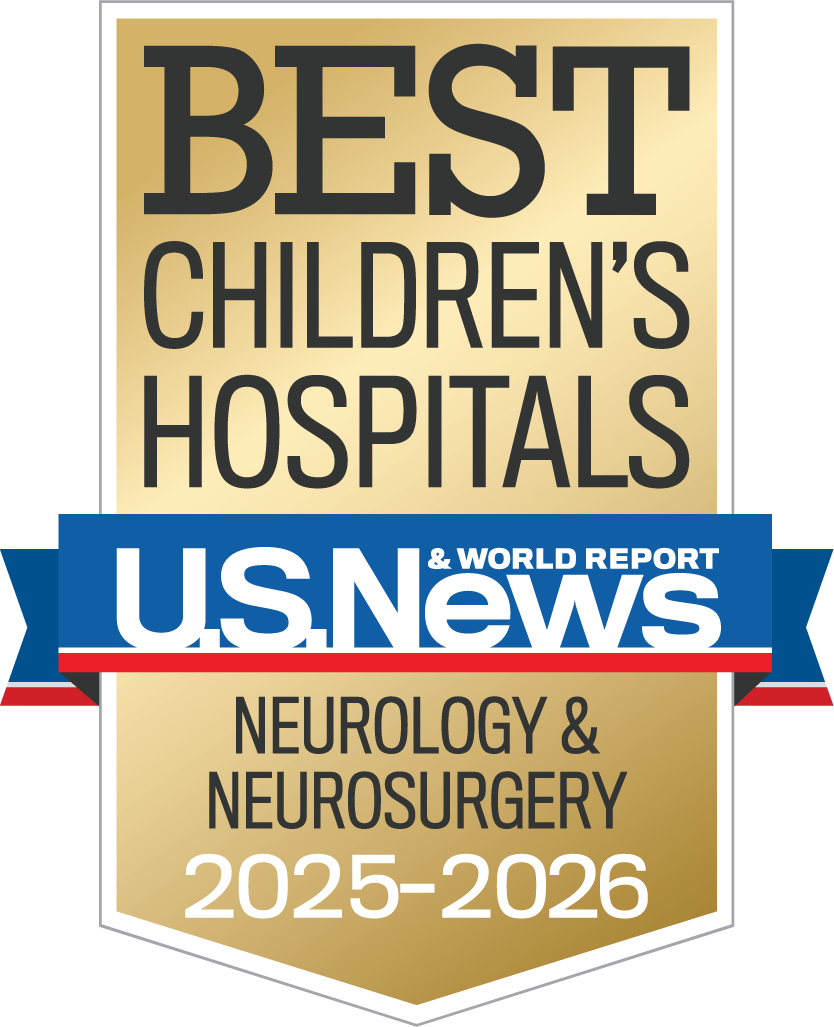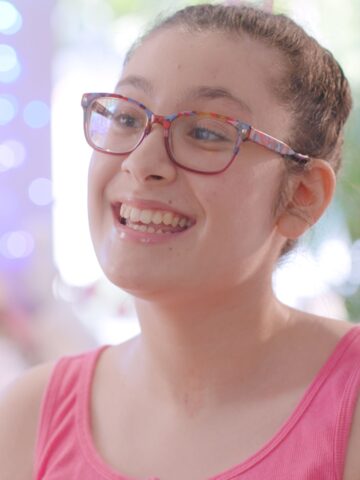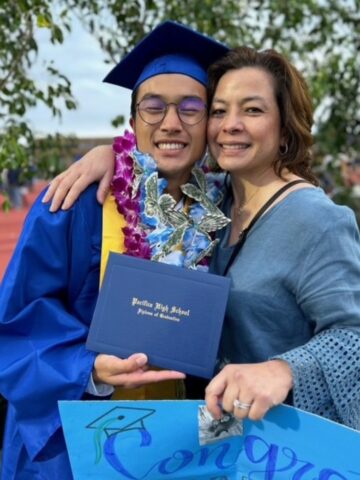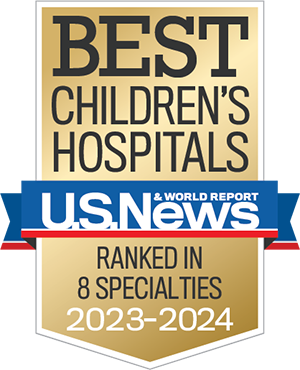Approximately 456,000 U.S. children age 17 and younger have epilepsy, according to the Data Resource Center for Child & Adolescent Health. Poor understanding of neural network development in these patients can hinder treatment, says a CHOC clinician and UC Irvine academic. A new bioelectronic sensor implant developed by a team of UC Irvine and Columbia University researchers and clinicians may help fill gaps in knowledge that could lead to more effective therapies for children with epilepsy and other neurologic disorders.
The need for better brain signal monitoring
When pediatric epileptologist Dr. Jennifer Gelinas, associate professor in the Department of Pediatrics and Department of Anatomy and Neurobiology at CHOC, joined the hospital and UC Irvine from Columbia University, she was no stranger to working across academic fields to advance pediatric neurology. In California, she continued her longtime work with another Columbia University transplant: Dr. Dion Khodagholy, Henry Samueli Faculty Excellence Professor of Electrical Engineering and Computer Science at the UCI Samueli School of Engineering.

“Dr. Khodagholy and I have a longstanding collaboration with the goal of leveraging advances in materials science and engineering to improve diagnostics and therapeutics for neurologic disorders,” Dr. Gelinas says. “As a pediatric epileptologist, I’m particularly interested in understanding how critical periods in brain development shape long-term outcomes. When I heard about the Khodagholy lab’s recent advances in miniaturized bioelectronics, I immediately envisioned applications to the developing brain.”
Available implantable devices that monitor brain signals in young patients have several limitations, according to Dr. Gelinas. These include rigidity, bulkiness and lack of biocompatibility, which hinders monitoring detailed signals from children’s brains. In addition, Dr. Gelinas says the immature animal models that researchers test the devices with are too fragile and grow too quickly to accommodate equipment that doesn’t adjust to their growth.
The team’s solution: a soft, biocompatible sensor implant based on internal, ion-gated, organic electrochemical transistors. Developing and deploying the device presented several challenges. One of the most formidable was determining how to place the implant in the brains of animal models weighing less than 10 grams and ensure it was still accessible for daily data collection.
Delicate procedure
After a brainstorming phase in which the team conceptualized the device, the engineers created prototypes, and the neuroscientists planned the surgical procedure. To solve the problem of ensuring the implant could adjust as the models grew, the team incorporated an expandable interconnection that would lengthen alongside expanding tissue.
“The surgical procedure consisted of a micro-incision over the scalp and burr hole craniotomy to allow us to implant our miniaturized conformable transistor array that’s capable of acquiring and amplifying brain signals,” Dr. Gelinas says. “We then used a trocar-based procedure to tunnel the interconnects of the device through the subcutaneous tissue over the [model’s] back and neck and fixated a retractable connector over its back. Additional lengths of conformable interconnects in the subcutaneous tissue allowed for the animal’s growth.”
The team accessed the connector on each model daily to collect data from the implant and then retracted it into the tissue.
Successful data collection
With the device implanted in the models’ brains, the team began collecting and analyzing data. They reported their findings in Nature Communications.
“We monitored the developing [specimens’] brain signals as they progressed from infant age to juvenile age,” Dr. Gelinas says. “We assessed data quality by comparing it to data obtained from acute experiments on [the models] outfitted with conventional devices. We found that our implant generated high-quality data that allowed us to track brain development over time.”
Moving forward, the researchers will conduct additional experiments in animal models with an eye toward securing regulatory approvals for their ultimate goal: investigating the biocompatible sensor implant’s potential applications in humans.
A potentially transformative tool for understanding and treating the pediatric brain
Dr. Gelinas is excited about the novel implant’s potential.
“Human translation of such a device could enhance the amount and quality of data that we can collect from patients who require brain signal monitoring, such as those with refractory epilepsy or movement disorders,” she says. “It could also decrease the invasiveness of surgical procedures required to implant brain signal monitoring devices and lessen the likelihood of adverse effects. In the long run, our implant could make bioelectronic devices more accessible and effective for a broader range of neurologic disorders.”
According to Dr. Gelinas, the team’s biocompatible device could one day allow for use at earlier ages and remove some of the age limitations currently in place for these implantable technologies. That, she says, could help children avoid neurologic deterioration and lead to better long-term outcomes.
“Bioelectronics are increasingly being used to diagnose and treat neurologic disorders, and they have the capacity to provide more targeted and efficacious therapeutics,” Dr. Gelinas says. “Current devices are designed for adults and adapted for children. Our device is designed for the pediatric brain and will, hopefully, permit us to advance the care of children with difficult-to-treat neurologic disorders.”
Learn about the leading-edge diagnostics and therapeutics available to children with epilepsy at the Comprehensive Epilepsy Program at CHOC.

CHOC Hospital was named one of the nation’s best children’s hospitals by U.S. News & World Report in its 2025-26 Best Children’s Hospitals rankings and ranked in the neurology/neurosurgery specialty.




